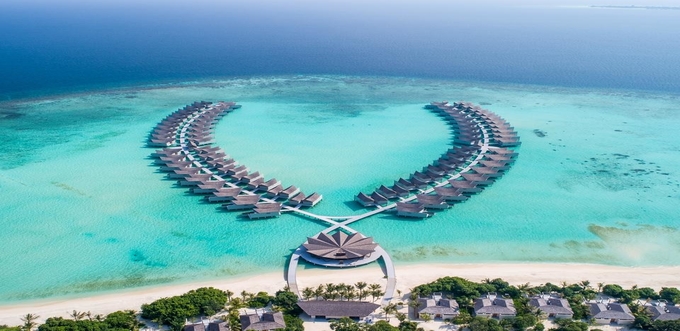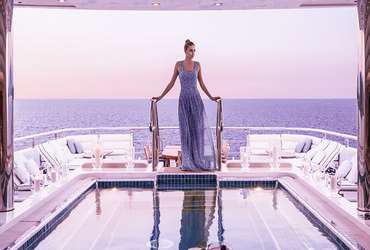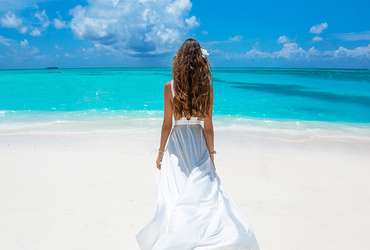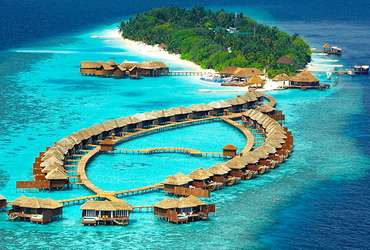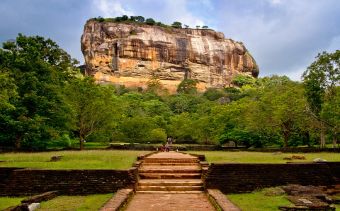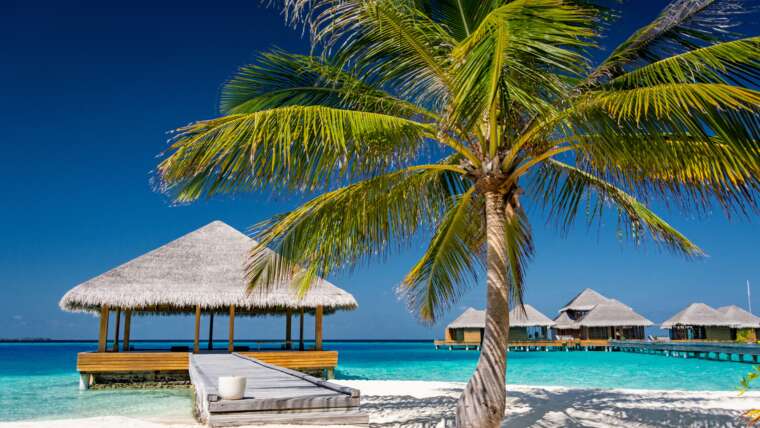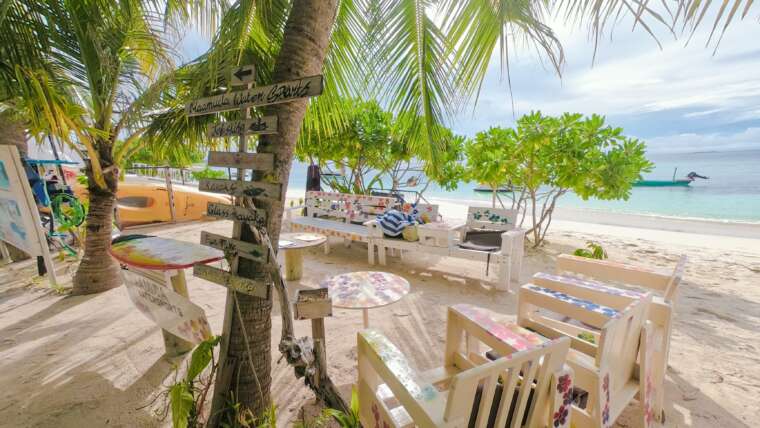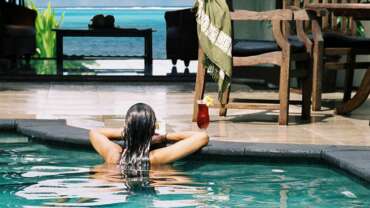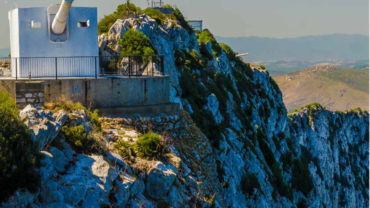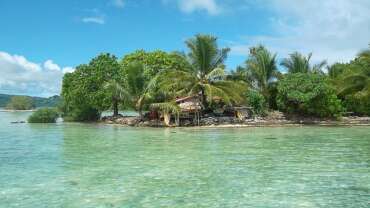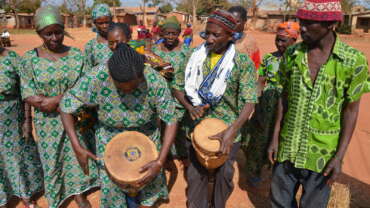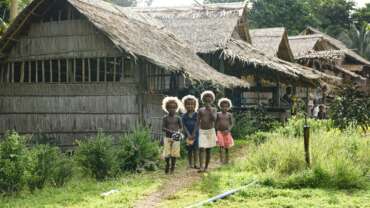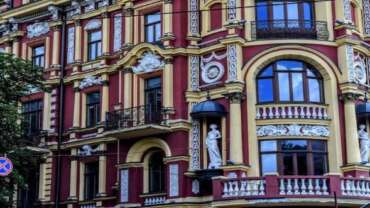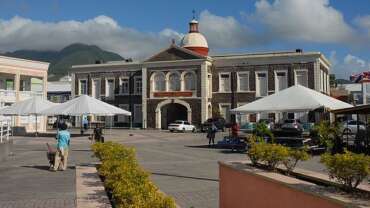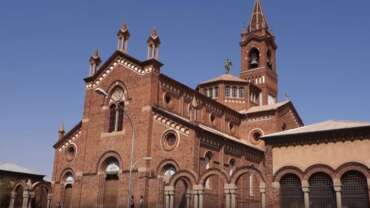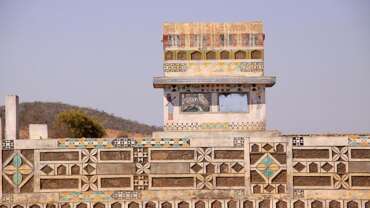Heavenly Holiday Destination in the Indian Ocean
The Maldives is made up of thousand two hundred islands, all different in their own unique ways. The geography of Maldives alone is something one would not get tired of observing. The archipelago is made up of 26 atolls, rings formed of islands and reefs of varying shapes, depths and sizes that present hues of blue, turquoise to indigo.
Visit any one of the country’s two hundred inhabited islands and observe our unique lifestyle, shaped over millennia, by the unique make-up of the tiny islands they inhabit and the seas that surrounds them. Our culture, cuisine and craft have been shaped by the resources that were available from our surroundings and the skills that were brought in by the waves of settlers from around the Indian Ocean, who made the islands their home, over thousands of years.
Experience the relaxed attitude and style of islanders, which modernization has found impossible to change. Stroll on the beach, engage with the locals and get an insight into their lives. Who knows, you could get invited to visit one of their homes and meet their families. The largest city and the capital of the Maldives, Malé is situated on North Malé atoll. This particular islet has the distinction of formerly having been the location of the palace of the rulers of the Maldives, and was known as the King’s Island. The indigenous people of the Maldives are thought to be descended from different groups of ethnicities who migrated to the islands in ancient times. These include settlers from the shores of southern India and western Sri Lanka as well as some migrants from more northern regions of India. The language of the Maldivians is Dhivehi and the predominant religion is Islam.
Traditionally the economy of the Maldivians has been fishing and even today the majority of the population is engaged in this pursuit. Today tourism is a huge source of income for the Maldives, with the islands’ lovely beaches, shimmering sapphire waters and delightful climate attracting a steady influx of visitors from abroad. The Maldives have now become a sought after holiday and honeymoon destination, with various luxury hotels and resorts found on the islands.
History of Maldives
The archipelago was inhabited as early as the 5th century BCE by Buddhist peoples, probably from Sri Lanka and southern India. According to tradition, Islam was adopted in 1153 CE. Ibn Baṭṭūṭah, a notable North African traveler, resided there during the mid-1340s and described conditions at that time, remarking disapprovingly on the freedom of the women—a feature that has been noticeable throughout Maldivian history.
The Portuguese forcibly established themselves in Male from 1558 until their expulsion in 1573. In the 17th century the islands were a sultanate under the protection of the Dutch rulers of Ceylon (Sri Lanka), and, after the British took possession of Ceylon in 1796, the islands became a British protectorate, a status formalized in 1887. In 1932, before which time most of the administrative powers rested with sultans or sultanas, the first democratic constitution was proclaimed, the country remaining a sultanate. A republic was proclaimed in 1953, but later that year the country reverted to a sultanate.
In 1965 the Maldive Islands attained full political independence from the British, and in 1968 a new republic was inaugurated and the sultanate abolished. The last British troops left on March 29, 1976, the date thereafter celebrated in the Maldives as Independence Day. Ibrahim Nasr, the country’s first president, was succeeded in 1978 by Maumoon Abdul Gayoom, who was reelected to his sixth consecutive term in 2003. The Maldives became a member of the Commonwealth in 1982.
People of Maldives
While very little is known about the ancient history of the Maldives scholars and historians believe that the Maldives is an old nation populated well over 2500 years ago. The Maldivian race is the result of several waves of settlement from various parts of the Indian subcontinent and thousands of years of interactions of people of different races and ethnicities that crisscrossed the Indian Ocean over several centuries.
The country’s culture and traditions and the diverse physical traits of the people bear witness to the fact that the country was, due to its geographical location, a melting pot of people and cultures. The Maldivian language is Dhivehi, an Indo-Aryan language with its origins in Sanskrit.
The most recent census in 2014 enumerated the population at 407,660 people. A third of the population lives in Male’, while the rest live in 200 island scattered across the length of the country.
The livelihood of Maldivians traditionally depended on the seas, fishery being the main source of sustenance. While fishery still contributes significantly to the economy in terms of employment and income, tourism is the main source of income for the Maldivian economy today.
Art & Culture of Maldives
Although home to just over half a million people the Maldives has its own unique culture and traditions. While heavily influenced by various cultures around the rim of the Indian Ocean, the Maldivian culture, craft and traditions have been shaped by the island environment and the seas that surround us.
Dhivehi is the language of the Maldivian people. Our current script, Thaana is unique and was developed from Arabic numerals around the 16th century. Maldivians are master boat builders. The traditional Maldivian boat, dhoni has been shaped over centuries, resulting in a craft that perfectly suits the various conditions of the seas. The traditional cuisine is heavily based on fish and coconut, with several dishes that have no parallels anywhere in the region.
Our music and dance display strong influences of East Africa, Arabia and the Indian subcontinent. There is a rich tradition of Maldivian crafts; lacquered wooden ornaments, finely woven reed mats, and coral carvings are crafts that have been passed down through several generations.
One Island. Many Faces
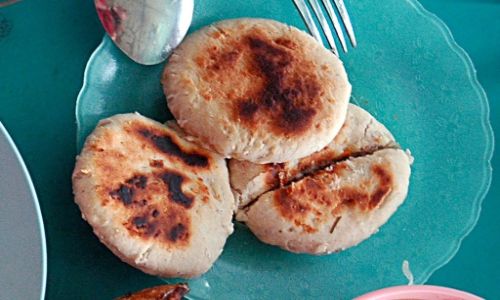
The country’s unique geography mesmerizes the visitor. Reefs that offer bands of color, tiny jewel-like islands rimmed with the whitest of soft sand surrounded by the clearest shallow waters that one can imagine. Only 200 of the islands are inhabited, and a select few on each of the atolls are resorts and some of the islands are used for industry and agriculture.
The beauty of the Maldives is not only above the water. The Maldives is home to about five percent of the planet’s reefs that comes with an explosion of color contributed by soft and hard corals that form them. The reefs are home to a thousand species of fish. Lured by the rich nutrients that flow in with the currents, large pelagic fishes such as manta rays and whale sharks also make the Maldives their home.



